Payload | 20kg |
| Structure | Articulated |
Axes | 4 |
| Weight | 230kg |
Application | Materials handling, parts transfer, palletizing, deburring &cutting |
Special Service | 1. We can customize the standard color as you need! |
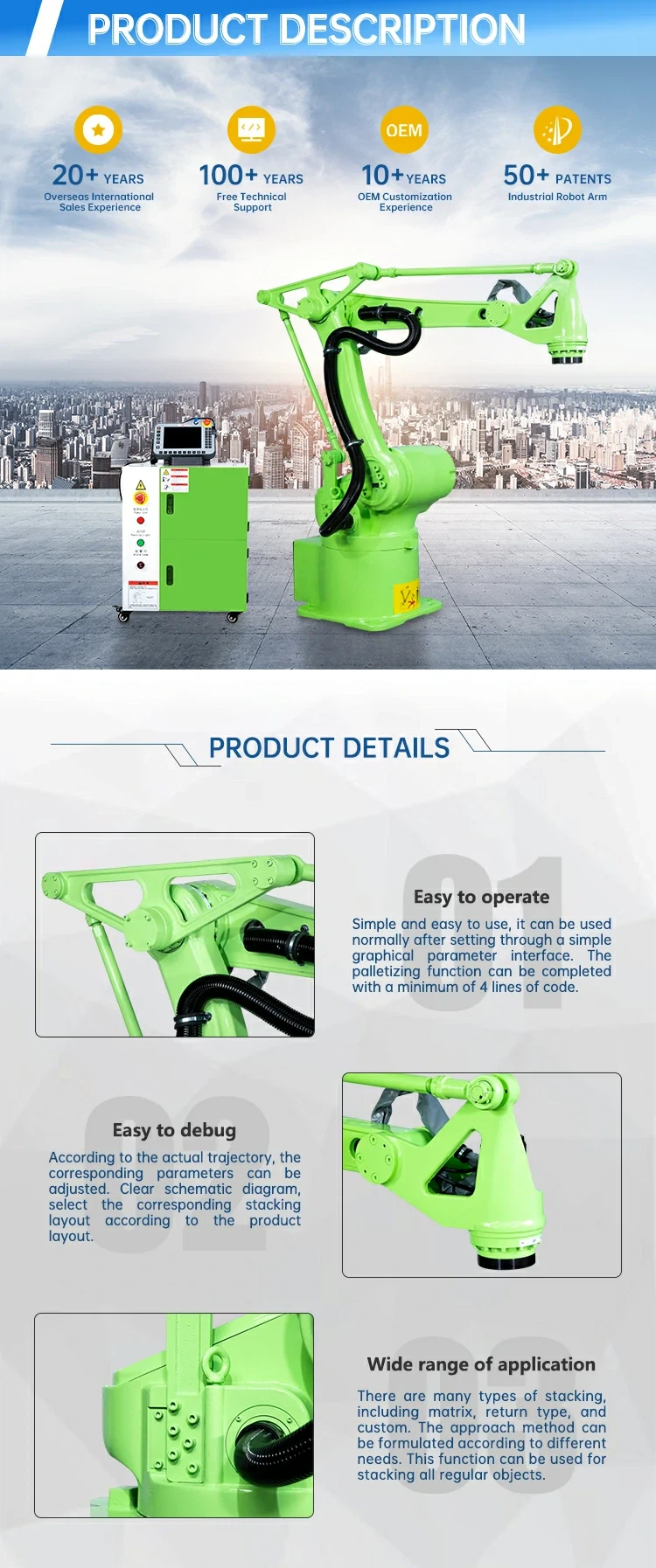
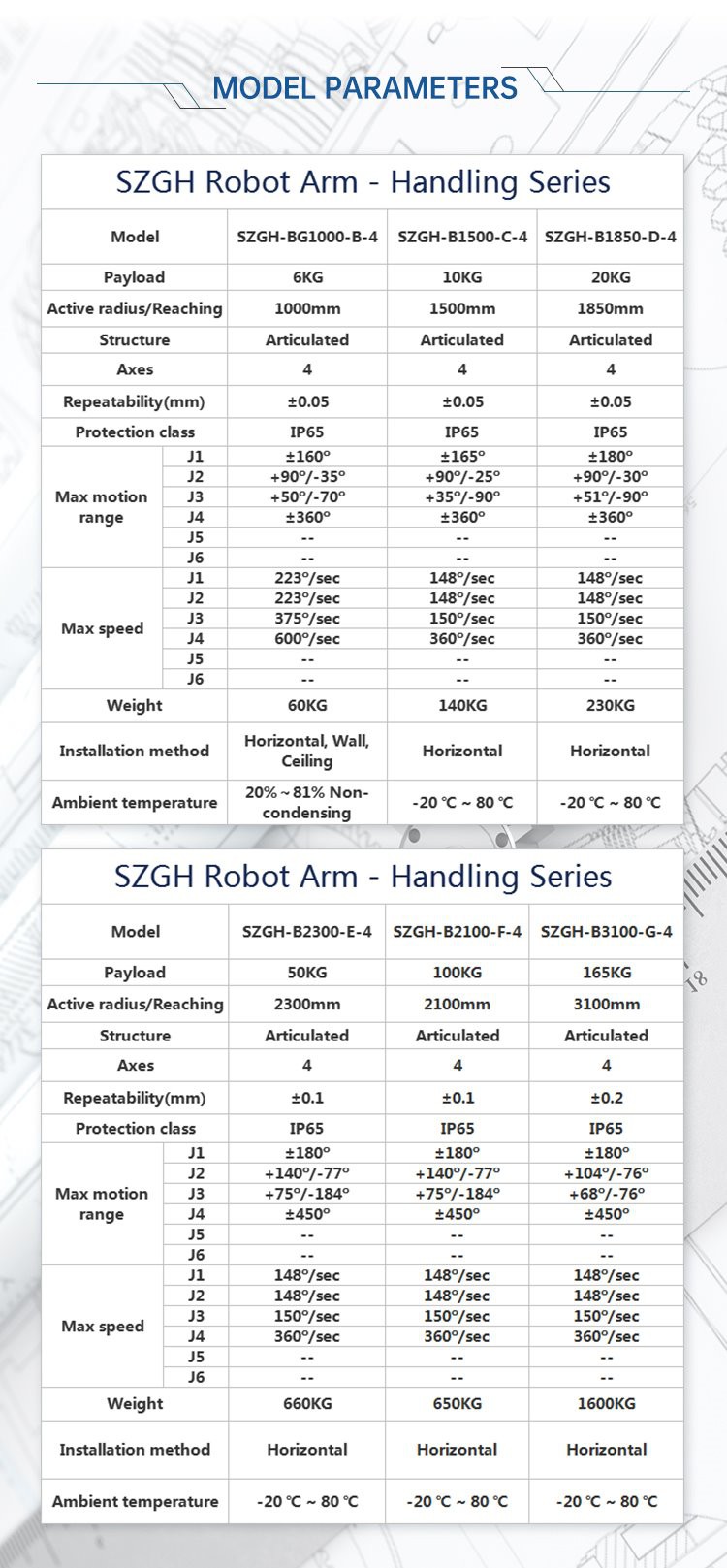
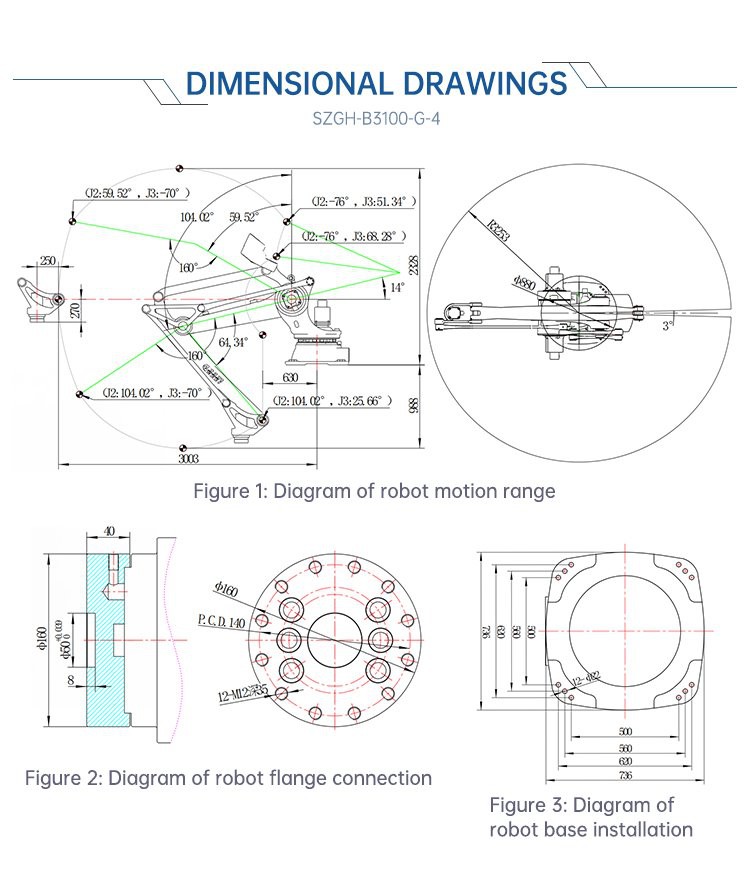
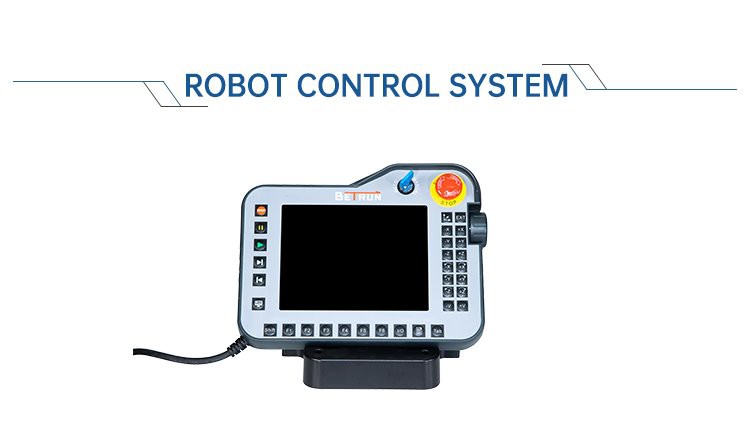
Robot controller systems:
1) Modular setting of functions suitable for diverse applications. Safety module ensures safe production of the robots.
2) Structural optimization algorithm suitable for the body control of various types of structure.
3) Software PLC functions facilitate logic control. Process functions make programming easy.
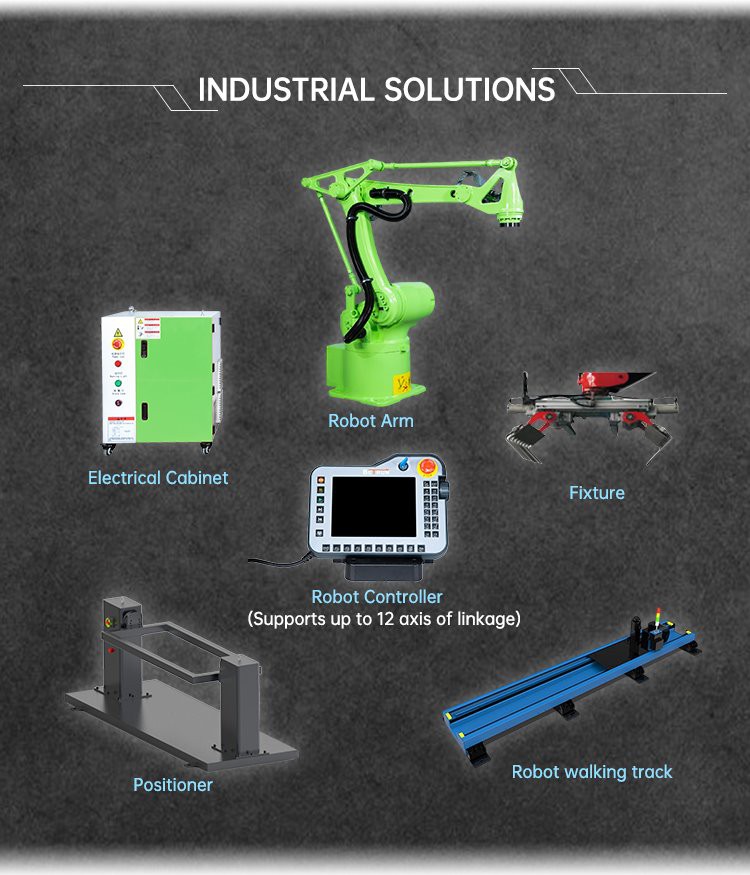
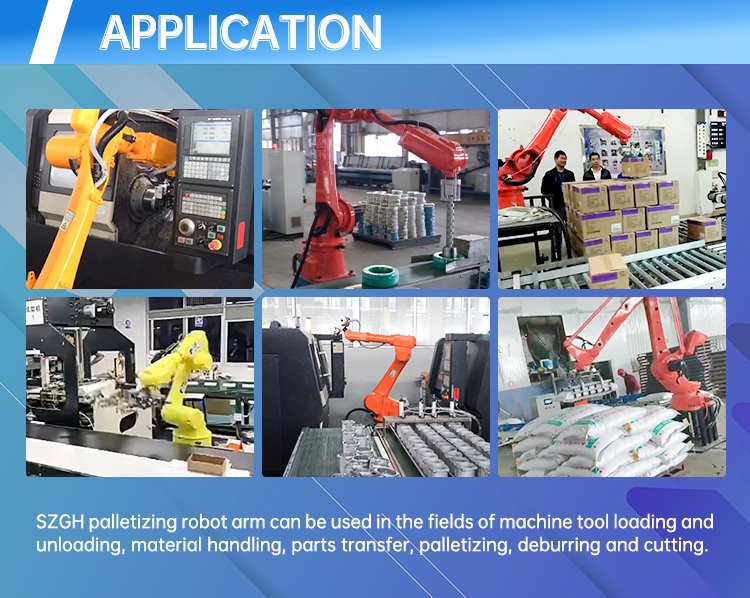
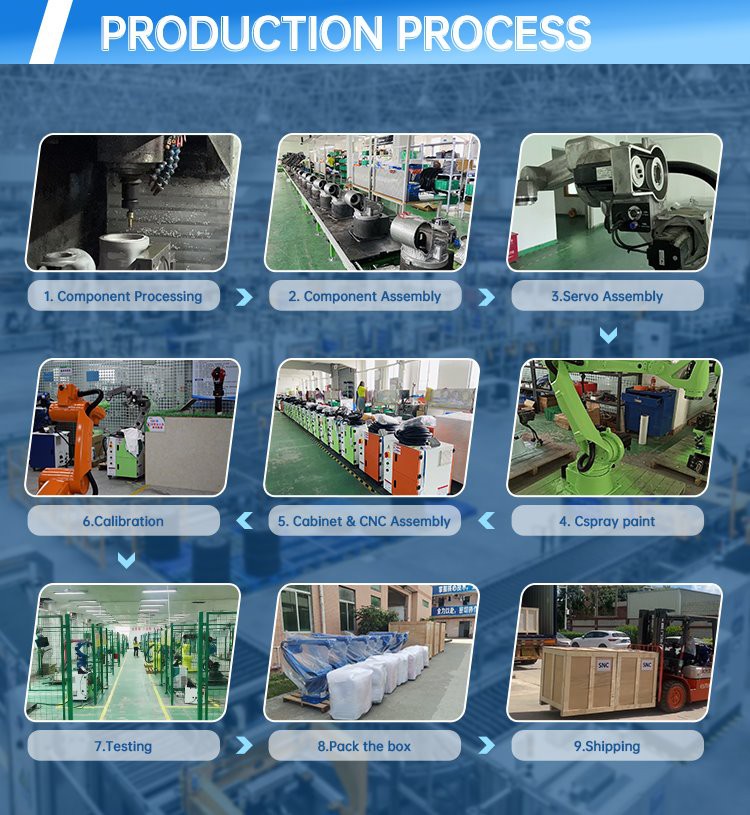
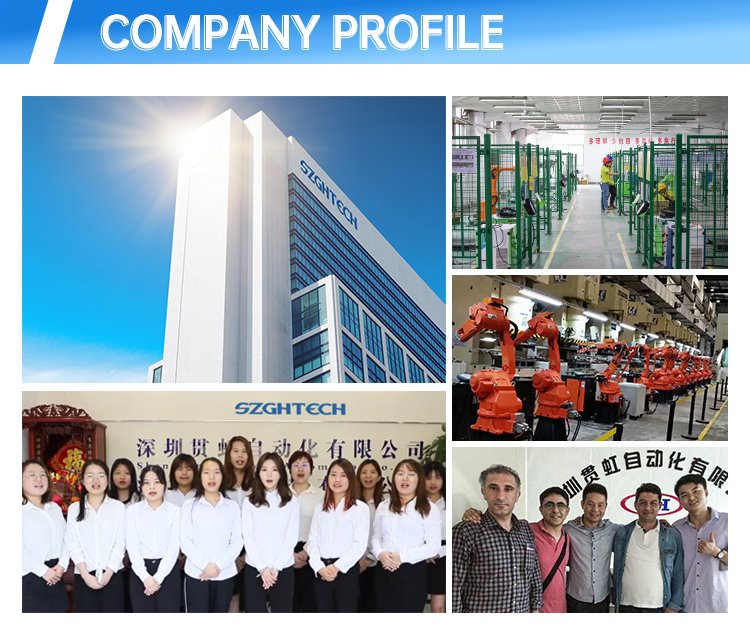
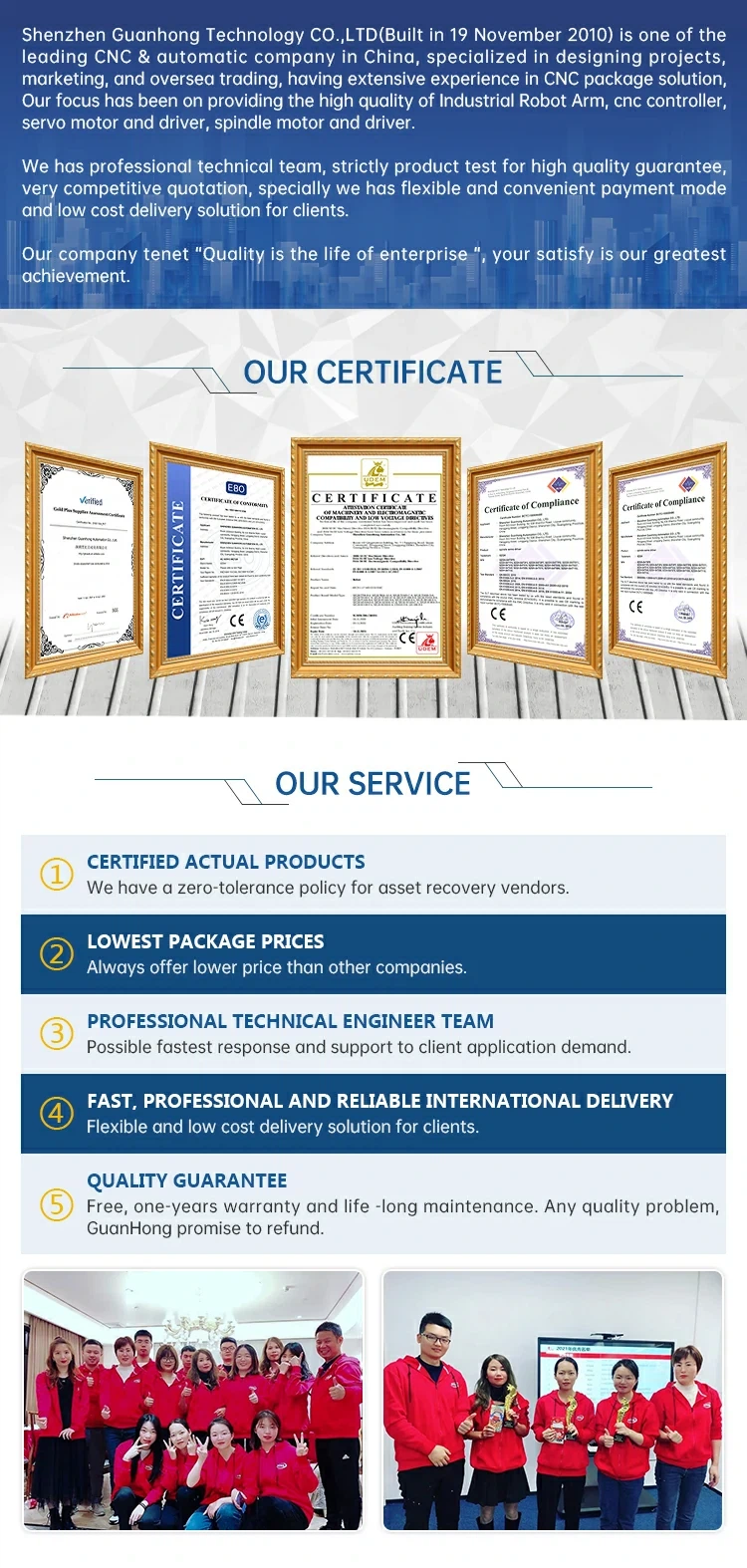
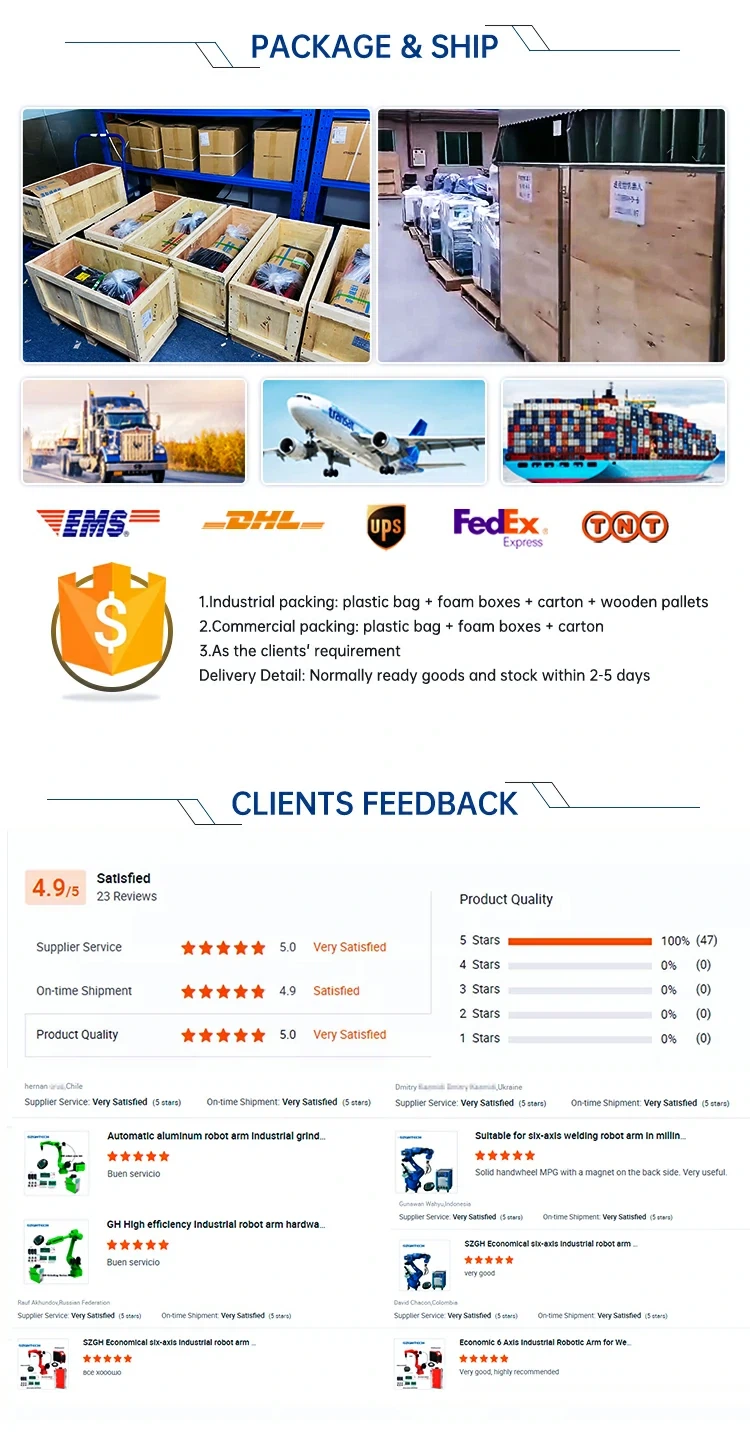
FAQ
Q1: How can we guarantee quality?
Always a pre-production sample before mass production;
Always final Inspection before shipment;
Q3: What services can we provide?
Accepted Delivery Terms: FOB,EXW,FCA,Express Delivery;
Accepted Payment Currency:USD,EUR,CNY;
Accepted Payment Type: T/T,L/C,D/P D/A,MoneyGram,Credit Card,Western Union;
Language Spoken:English,Chinese
If you have another question, pls feel free to contact us as below.






